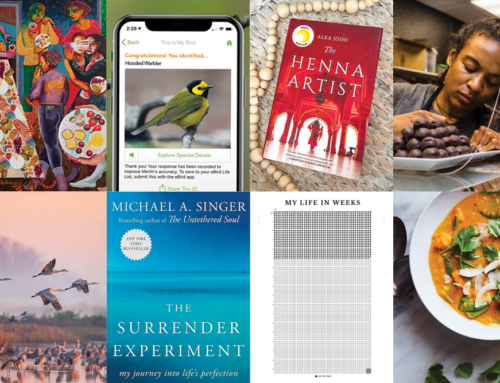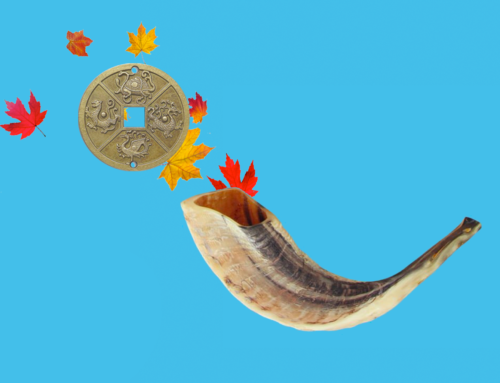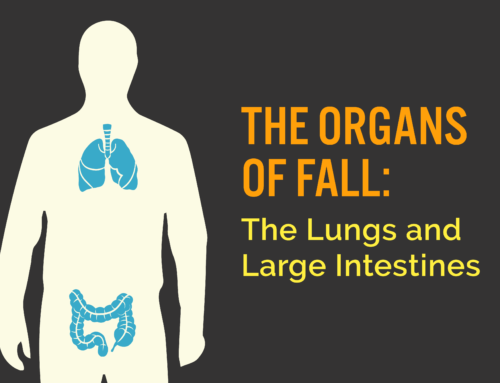Where We’re At
In previous blog entries, we’ve taken you through some of the energetic correspondences of the Metal element that comes into focus during the Fall/Autumn season. The Metal’s main organ correspondences, the Lungs and Large Intestine, regulate inhalation and exhalation, strengthen the exterior of the body from invasions, and their connection to the nose means that we can tell the difference between fresh and rotten with a single sniff. All these examples point to the more abstract aspects of the Metal element: discernment, judgement, and clarity unmuddled by interference.
As we enter the Fall season, nature around us provides so many examples of this happening all around us.
Look Outside and Compare
Compare one of our swampy, deciduous Maryland forests in mid-July, to right now in mid-October, and think forward to how it will look in January. Three months ago, any trail you walked on would be dense with vegetation, animal and insect life, all crowding around the abundance of warmth, moisture, and sunlight for photosynthesis. Three months from now, the trees will be barren, and most of the underbrush will have died off. Almost all of any plants’ energy will be concentrated in their roots, storing glucose and waiting for spring. But right now, we get to watch the transition between too much and very little. We get to watch the leaves explode in color and drop from branches, forming leaf litter on the ground that will soak nutrients and minerals back into the soil. We get to watch animals seek food for hibernation to transform into sustenance for their resting bodies.

The Bigger Picture
A forest transforming is a clear example of how the Metal season brings things downward, and there may be more instances of this in your day-to-day experience. When we zoom out a bit more from individual examples, there’s a pattern to the change. The flow of the solar year follows a sine wave pattern, with the solstices at the apexes and the solstices where the wave crosses the horizontal axis. Right now we are right in the middle of the diagram above– moving into the period of yin, winter, and the unknown of the future. Imagine a ball rolling down the track of this wave; as it passes the axis, its speed gets faster and faster, its momentum carrying it into the next phase.
This is where we are right now: noticing things thinning, decreasing, and returning to yin with increasing speed. That feeling of movement, of growing change, evokes the feelings associated with Autumn in our bodies: nostalgia, presence in the moment, and acknowledgement of the eventual loss of what we hold familiar and comfortable.
Daoism, the philosophy behind the clinical practice of Chinese Medicine and acupuncture, has this duality as its central tenant. Chapter 5 of the Daodejing (The Book of Changes), compares this flow to the workings of a bellows pulling and pushing in air to cool and provide oxygen to metallurgical processes,
“Between heaven and earth, how like a bellow it is!
Empty and yet inexhaustible
Moving and yet it pours out ever more“
As we find ourselves in this roll into winter, we can spend time in our own presence and encounter the bellows within ourselves – that which is made to transform the invisible into the useful, and return through its cycle of movement to continue fanning the flames of life.
Sources
Chen, Em. (1989) The Tao Te Ching. New York: Paragon House.
Jarrett, Lonny. (2003). The Clinical Practice of Chinese Medicine. Massachusetts: Spirit Path Press.






